Knives and daggers - at first glance, they may seem one and the same. Both featuring sharp blades and handles, these stabbing and cutting implements conjure up images of stealth and danger. However, there exist several key differences that set knives and daggers apart.
What Is a Knife?
A knife is a tool or weapon featuring a blade and handle used for cutting, slicing, spreading, or self-defense. Knives are one of humanity's oldest tools, emerging in the Paleolithic Era with the advent of blade technology. Throughout history, knives were essential for hunting, food preparation, craftsmaking, and combat.
Modern knives serve a variety of domestic and commercial functions. Standard kitchen knives aid in chopping, slicing, and peeling fruits, vegetables, and meats. Specialty knives include bread knives with serrated edges to saw through crusty loaves and cheese knives featuring holes to slice soft cheese cleanly. Utility knives and box cutters utilize retractable or sliding blades for safer storage when not in use.
Knife blades come in numerous shapes and sizes depending on their intended use. Blade styles include drop-point, clip-point, tilting, sheep foot, spey, straight back, and trailing point. Steel remains the most common knife blade material, though alloys mixing iron, chromium, molybdenum, and vanadium offer improved strength, hardness, and corrosion resistance.

What Is a Dagger?
A dagger is a double-edged, pointed stabbing blade featuring a full tang handle design. Unlike knives, daggers lack a primary cutting edge and usually feature a symmetrical, needle-like point for piercing armor, clothing, and flesh. Like knives, daggers trace their origins back to ancient history, serving as personal defense weapons across numerous cultures.
Medieval Europe witnessed extensive use of the dagger, with styles customized around knights, nobles, and peasants. The ballock dagger featured an early hand guard, while the larger rondel dagger allowed for a sturdier defensive grip. Stiletto daggers emerged later, featuring slender thrusting blades for piercing through lightweight leather and fabric armor. While they largely fell out of fashion as everyday wear, ornate ceremonial daggers remain common in military uniforms today.
Cultural Symbolism of Knives and Daggers
Knives and daggers are common elements in myth, literature, and art, ranging in connotation from survival and resilience to treachery and danger. For instance, the term "stabbed in the back" originates from the dagger's association with treachery. Meanwhile, knives in various cultures symbolize self-reliance and resourcefulness, as seen in the popularity of utility knives like the Swiss Army Knife.
The dagger is a weapon of fantasy novels and movies, evoking pictures of stealth and deadly precision. In some cultures, daggers are used in religious or traditional ceremonies as a symbol of protection or spiritual power.
Knives vs. Daggers: Key Differences
There exist several key differences that separate knives from daggers in form and function:
Blade Shape
Knives are typically designed with a single sharp edge. This edge is primarily used for slicing and cutting tasks. In contrast, daggers possess a distinct blade shape; they are symmetrical and feature two sharp edges that converge to a central point. This design is particularly tailored for stabbing actions.
Tip Design
The tip of a dagger is engineered to taper into a very fine point, a feature that's essential for effective piercing. While knives can also have sharp tips, these are not the main focus of their design. The tips of knives are often created to support additional functions, like detailed work or scoring, which add to their utility beyond just cutting.
Edge Characteristics
The edge of a knife is a critical aspect of its design. It usually comprises at least one long, sharpened edge. The thickness of this edge is calibrated to enable efficient slicing and cutting while also being robust enough to avoid frequent breakage. Daggers, however, have slender, symmetrical edges. These edges are honed to sharp points, prioritizing quick and effective stabbing over long-lasting sharpness.
Handle Design
The handle of a dagger typically employs a full tang design, where the blade material seamlessly extends through the entire handle, forming a single, solid piece. This contrasts with knife handles, where the blade often transitions to a rat tail tang partway through the handle. This difference in design makes knife handles lighter and more suited for regular usage.
Defense vs. Utility
The fundamental purposes of daggers and knives diverge significantly. Daggers are primarily crafted as defensive weapons optimized for thrusting and stabbing. Knives, however, are more versatile tools. They are predominantly used for utilitarian tasks ranging from cooking to crafting. While they can be employed for self-defense, this is usually a secondary or improvised function rather than their primary design intention.

Final Words
Knives cut, slice, chop, and peel - daggers pierce and penetrate. Knives feature weighted handles for leverage and lengthy cutting surfaces. Daggers have slender symmetrical blades, and light full tang handles for agile thrusting. While intertwined culturally, the key divide stems from dedicated battle focus versus general day-to-day utility.
Simply put, knives are for cooking, crafts, and display, while daggers serve to puncture chainmail and plates. And both belong securely locked behind glass or back in their sheaths!


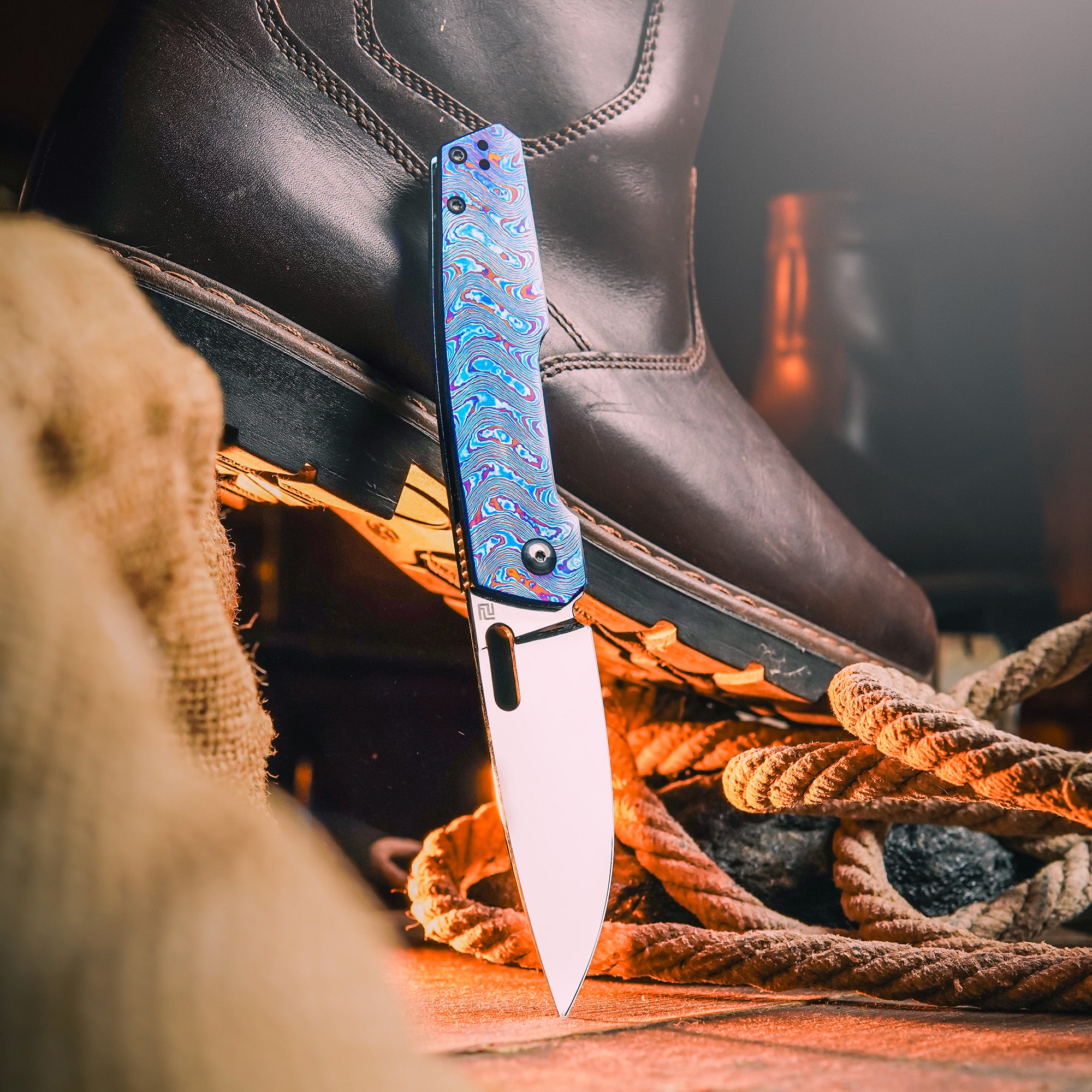
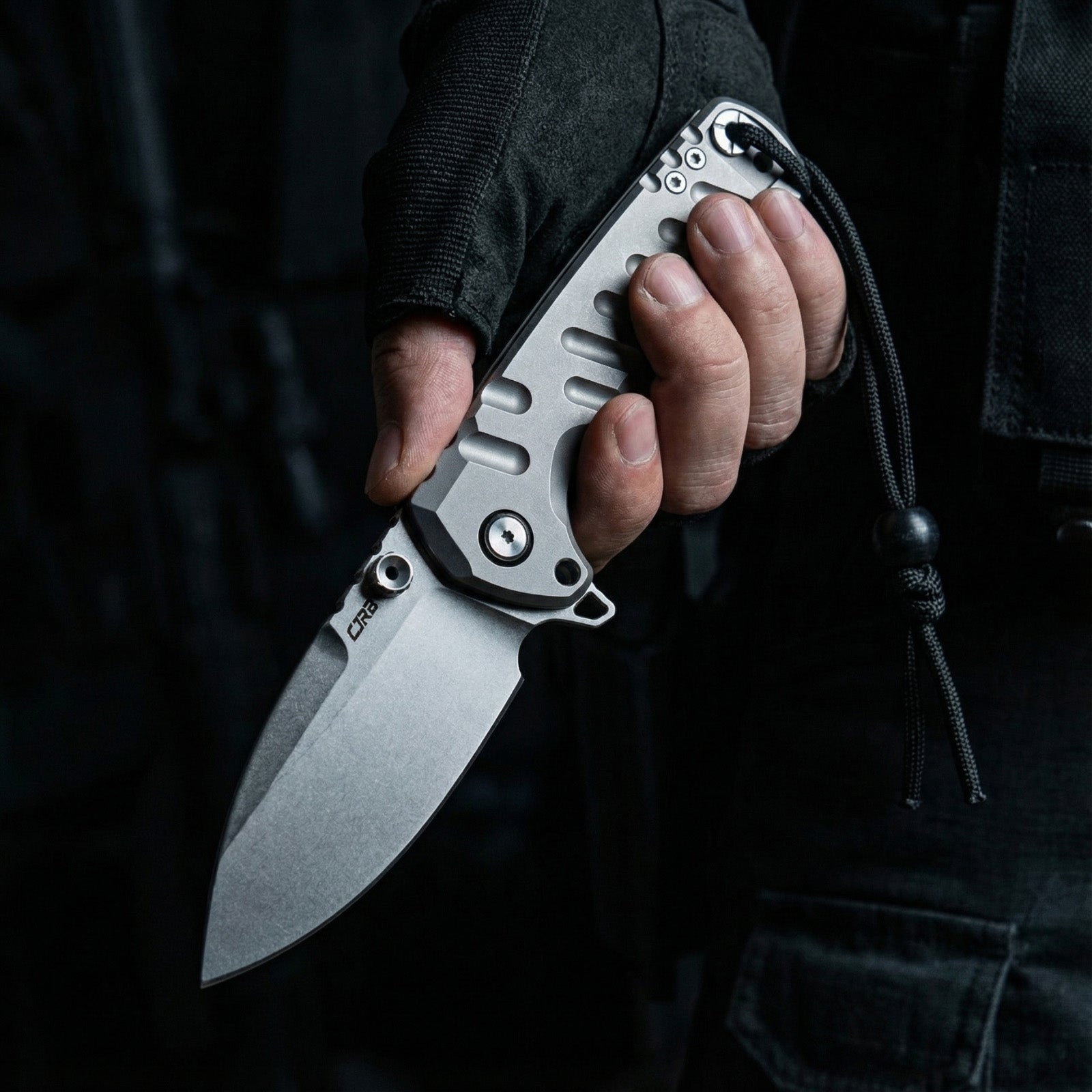
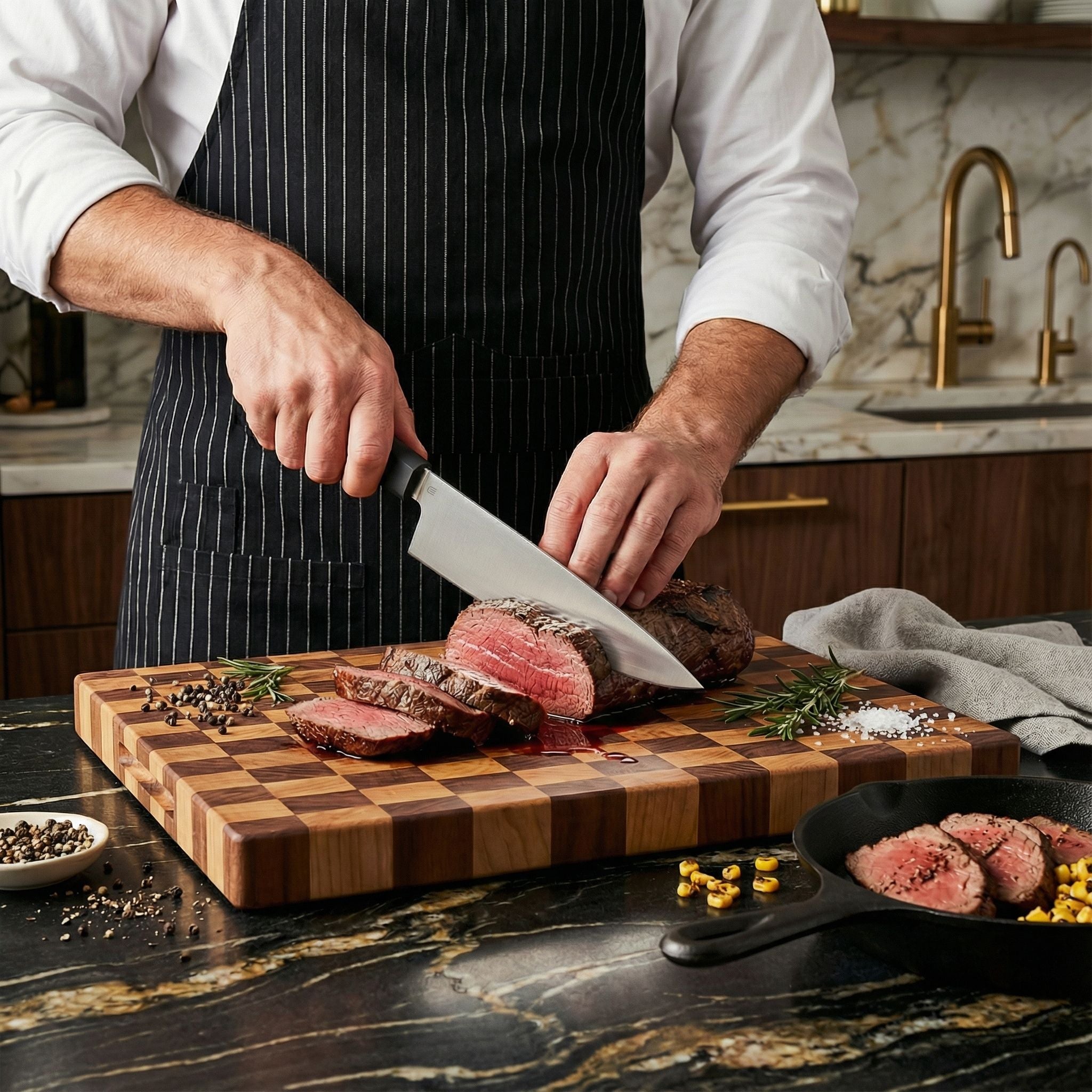

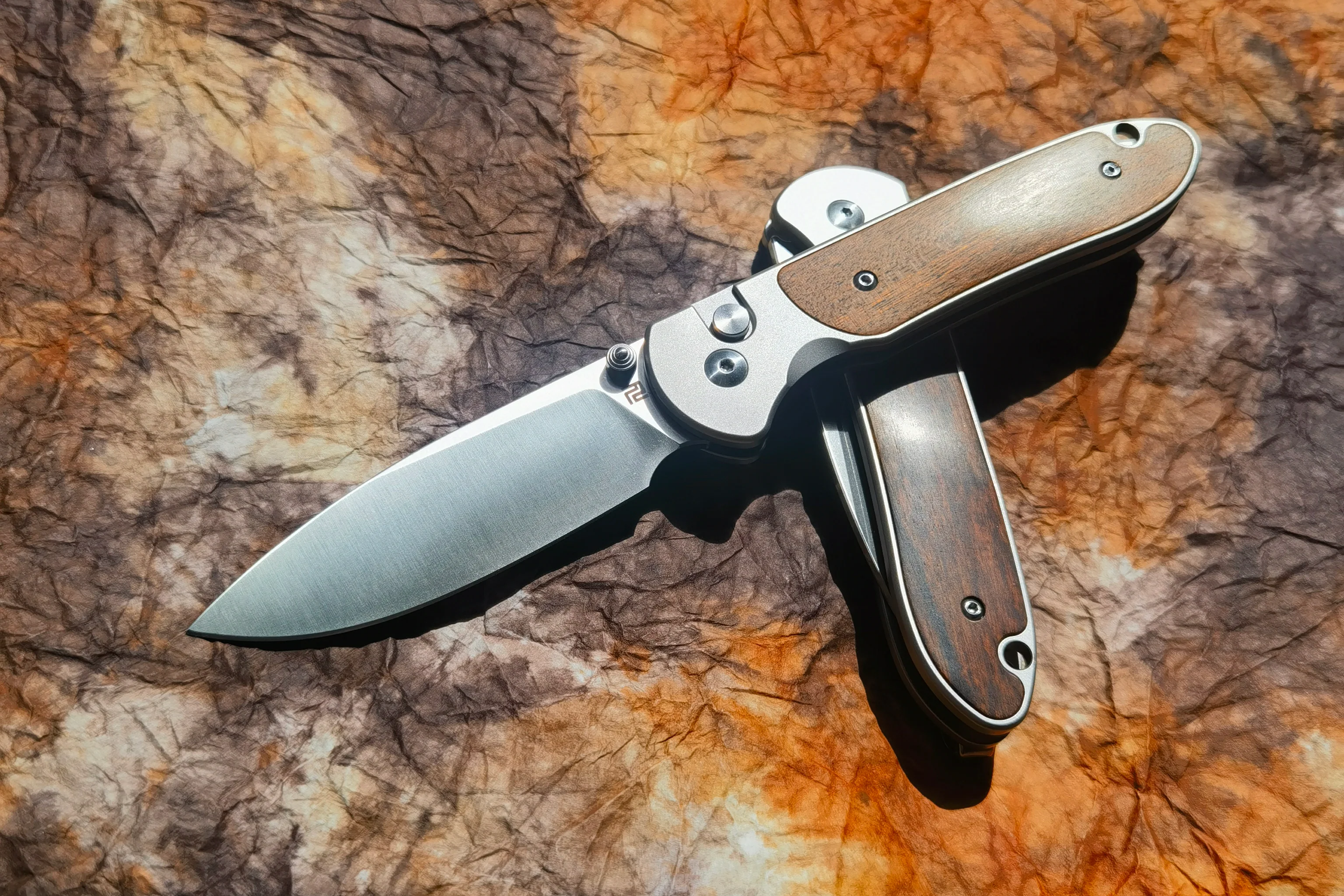
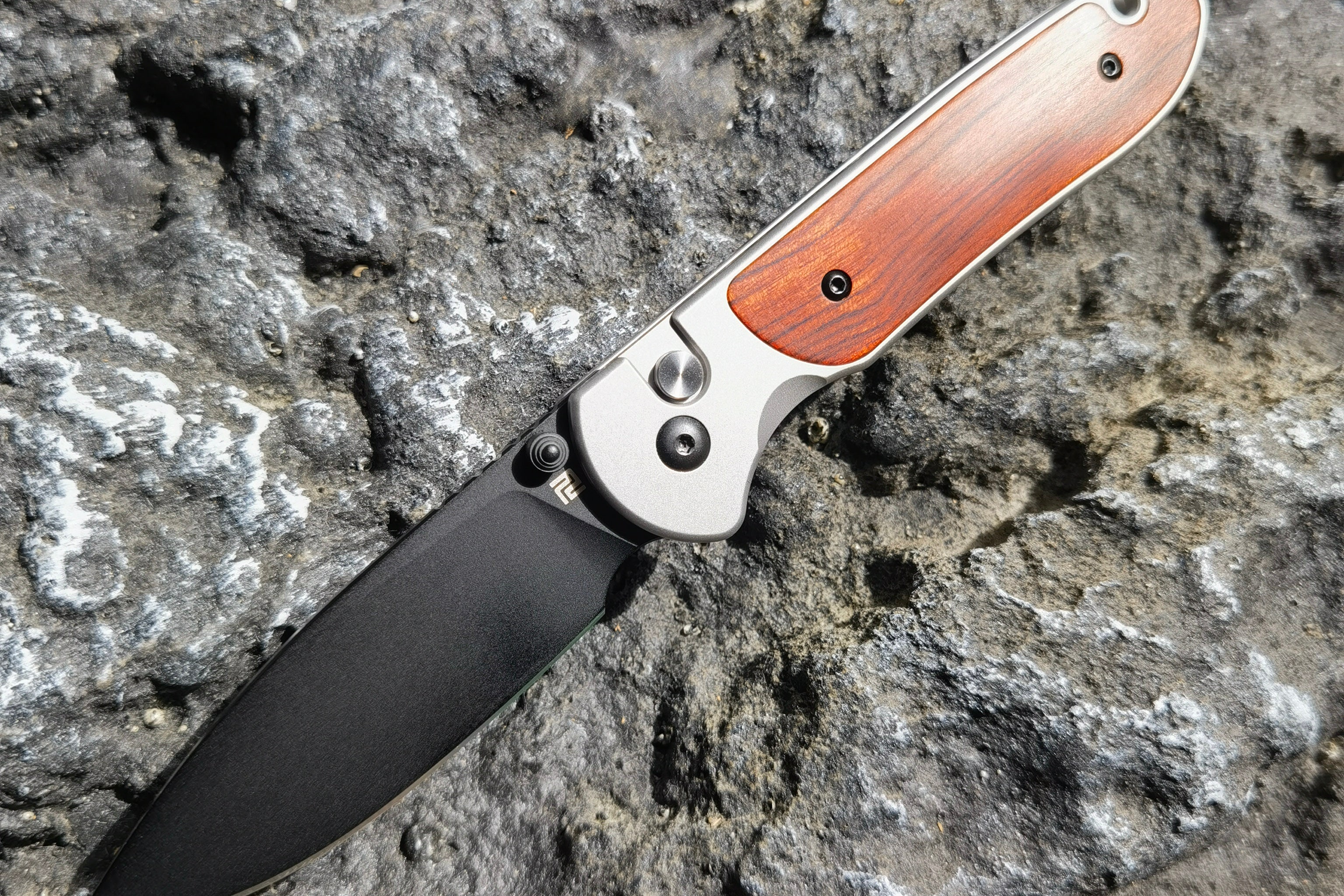


Leave a comment
All comments are moderated before being published.
This site is protected by hCaptcha and the hCaptcha Privacy Policy and Terms of Service apply.